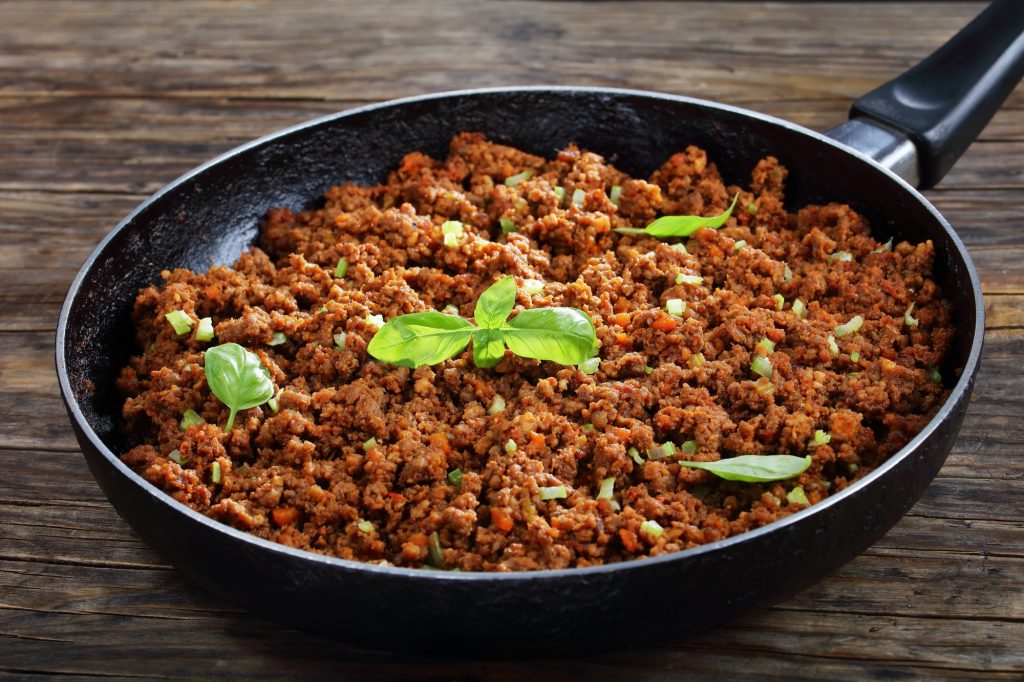Cooking the perfect beef roast is a culinary art that yields tender, juicy meat infused with savoury flavours. Whether you’re hosting a special occasion or simply craving a hearty meal, mastering the technique of roasting beef can elevate your culinary repertoire. In this comprehensive guide, you’ll explore the step-by-step process of preparing and cooking roast beef, from selecting the right cut to achieving the ideal level of doneness.
Selecting the Right Cut: Choosing the Foundation for Success
The journey to cooking the perfect beef begins with selecting the right cut of meat. While various cuts can be used for roasting, certain options are particularly well-suited for this cooking method. Prime rib, ribeye, tenderloin, and top sirloin are popular because of their tenderness, contributing to the rich flavour and juiciness when cooked. When purchasing beef for roasting, look for cuts with ample marbling and a uniform shape for even cooking.
Preparation Is Key: Seasoning and Trimming
Before cooking the perfect roast beef, proper preparation is essential to ensure that your roast beef is flavourful and tender. Begin by trimming excess fat from the meat’s surface, leaving a thin layer to enhance moisture and flavour during cooking. Next, season the beef generously with salt, pepper, and any desired herbs or spices. For added flavour, consider creating a spice rub or marinade to infuse the meat with depth and complexity. Allow the seasoned beef to rest at room temperature for at least half an hour before cooking to ensure even cooking and optimal flavour absorption.
Achieving the Perfect Sear: Locking in Flavour and Juiciness
To enhance the flavour and texture of your roast beef, it’s essential to achieve a golden-brown sear on the meat’s exterior. Start by preheating a heavy-bottomed skillet or roasting pan over medium-high heat. Once hot, add some oil and carefully place the seasoned beef in the pan. Sear the beef on all sides until it is deeply caramelised, taking care not to move the meat too frequently to allow for proper browning. The Maillard reaction during searing adds flavour and creates a flavourful crust that locks in moisture during cooking.
Resting and Carving
Once the roast beef reaches the desired level of doneness, it must rest before carving. Transfer the cooked beef to a cutting board and loosely tug it with aluminium foil to retain heat. Let the meat rest for at least 15 to 20 minutes, allowing the juices to redistribute and the internal temperature to stabilise. Resist the temptation to carve the beef immediately, as this can result in losing precious juices and dry meat. When ready to carve, slice the beef against the grain into thin, uniform slices for maximum tenderness and flavour.
Serving Suggestions: Accompaniments and Pairings
Cooking roast beef is only half the equation; selecting the right accompaniments and pairings can further elevate the dining experience. Consider serving your roast beef with classic side dishes such as roasted vegetables, mashed potatoes, Yorkshire pudding, or creamy horseradish sauce. For wine pairings, opt for full-bodied red wines such as Cabernet Sauvignon or Merlot, which beautifully complement the rich flavours of the beef. Whether hosting an occasion gathering or enjoying a cosy meal at home, the perfect roast beef impresses and delights your guests.
Conclusion
Cooking the perfect beef is a culinary endeavour that requires patience, attention to detail, and a touch of finesse. By choosing the right cut of meat, properly seasoning and searing, roasting to perfection, and allowing the beef to rest before carving, you can achieve tender, juicy roast beef bursting with flavour. Whether you’re a seasoned chef or a novice home cook, mastering the art of roasting beef will elevate your culinary skills and impress your friends. So, preheat your oven and embark on a culinary journey to cook the perfect roast beef that will be remembered and savoured for years.

